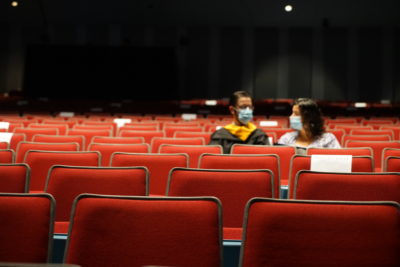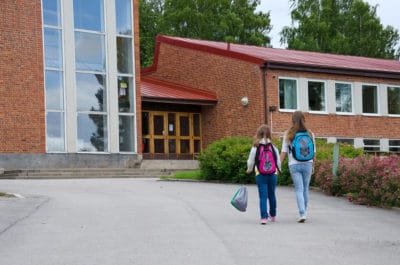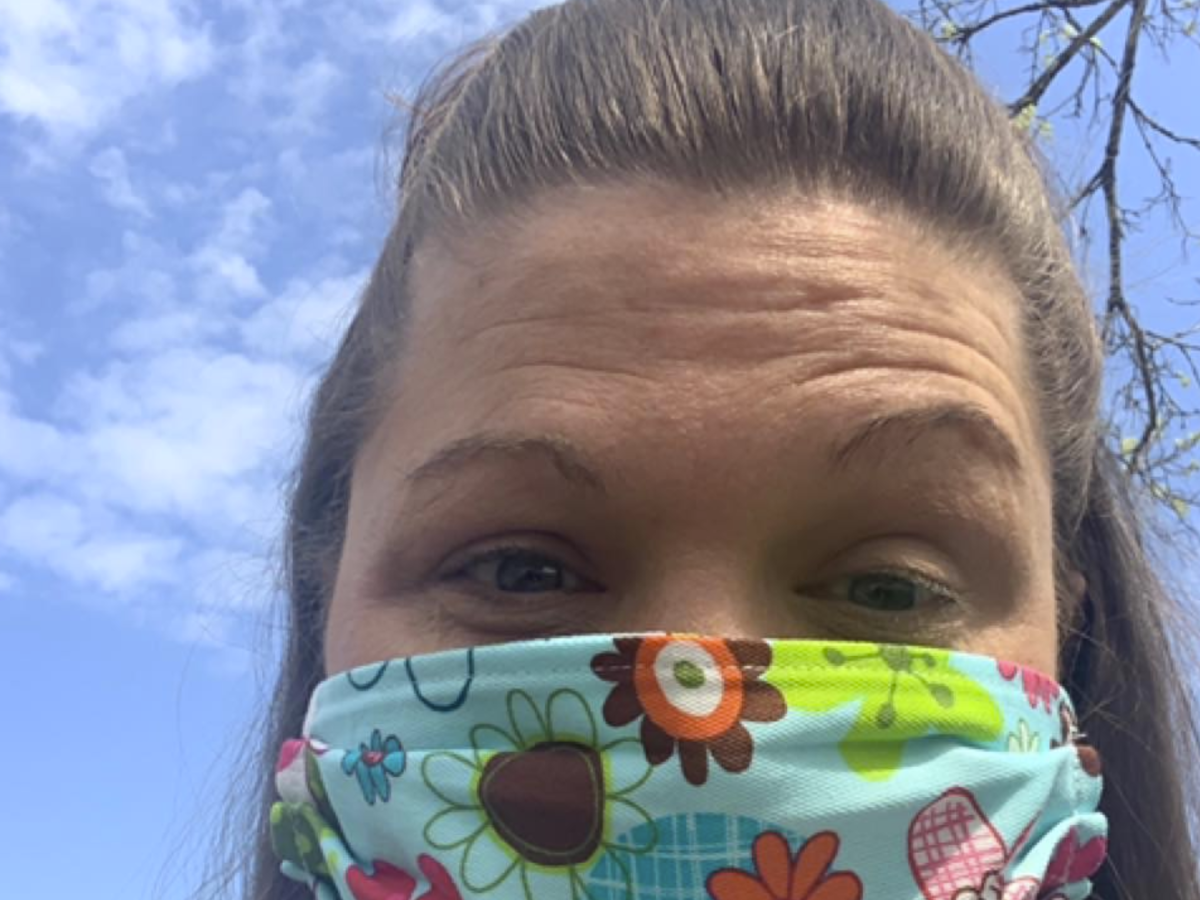
Today is the first day of the school year for our students, our teachers, our principals, our superintendents, and countless others who play vital roles in the public education system across North Carolina.
It’s a year like no other.
Grace and patience are in order. But so are excitement and encouragement.
“No one in their wildest dreams could have predicted the experiences over the last few months,” said Anthony Jackson, superintendent of Vance County Schools, at a town hall held by EdNC and the News & Observer. “We’re in unprecedented and uncharted waters.”
And yet he and other educators are looking to provide stability, continuity, and consistency to those they serve along with a high-quality educational experience.
Curious what the first day of school will look like for students and teachers? Here are pictures from this morning in the Rowan-Salisbury Schools. Students in class. Students learning to change classes. Students attending a virtual academy.
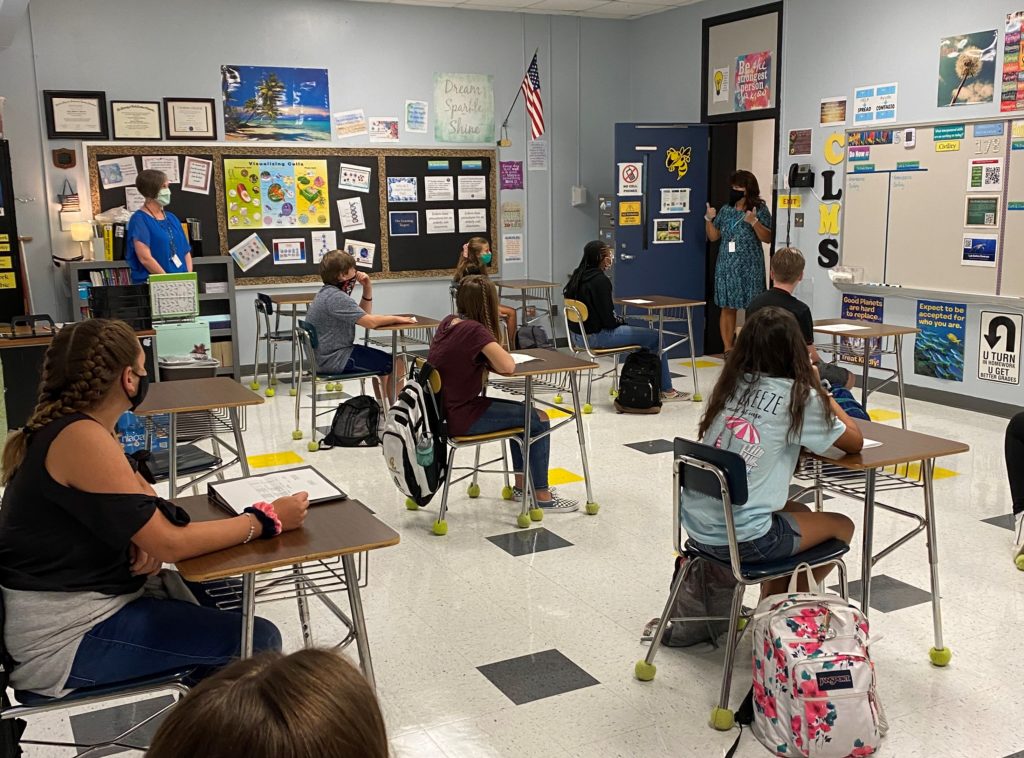
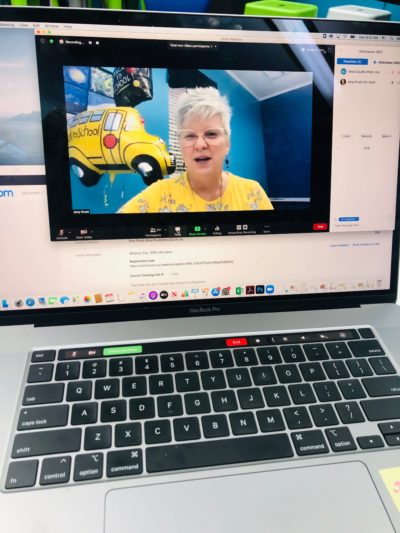
It’s a real life lesson in change management; in diversity, equity, and inclusion; in health and wellness; in 21st century learning.
Here, you can see the town hall with Jackson along with Eric Davis, chair of the State Board of Education; Susan Gale Perry with the Department of Health and Human Services (DHHS); Rebecca Planchard also with DHHS; and Geoff Coltrane, senior education advisor to Gov. Roy Cooper.
Superintendents and school boards are considering advice from a variety of organizations, including the World Health Organization, the Centers for Disease Control, DHHS, and local health departments. They are watching what is happening in other states and countries as they head back to school. They are mindful of a variety of metrics locally and statewide, including the percent positive, the trajectory, and capacity for testing and tracing.
In this resource by our colleagues at the N.C. School Boards Association, you can track all the reopening plans for all 115 districts.
In this map by our colleagues at The Hunt Institute, you can see the impact of COVID-19 by district. Click on the cases per capita state map and North Carolina.
“We have to think about the well-being and the needs of children,” said Perry, “and the harm that’s done to them when they’re not in school, and they’re not able to get the enrichment, … the learning environment, the social emotional, the health and safety.”
She concluded, “It’s a community by community and family by family decision.”
Here are the resources provided to K-12 schools by DHHS, and below is the reference guide for when COVID-19 cases arise in a school setting.
It “likely would be rare that it would need to be an entire school to be closed if there was one reported exposure, for example, but it would depend on the specifics of that case.” Clusters of five associated cases are more important in determining if a particular school is open or closed.
This year, the three W’s — wear, wait, wash — will determine how well the three R’s — reading, [w]riting and ‘rithmetic — happen for our students.
“We want what’s best for children,” wrote Ashley Twitty, a teacher at Spindale Elementary, in her Facebook post. “Please keep this at the forefront of every decision that is being made. Ask yourself, ‘Is this decision best for children, was this decision made with what was best for children at the forefront.’ As a parent and a teacher I am their voice, I will fight for them. They deserve it.”
Recommended reading
